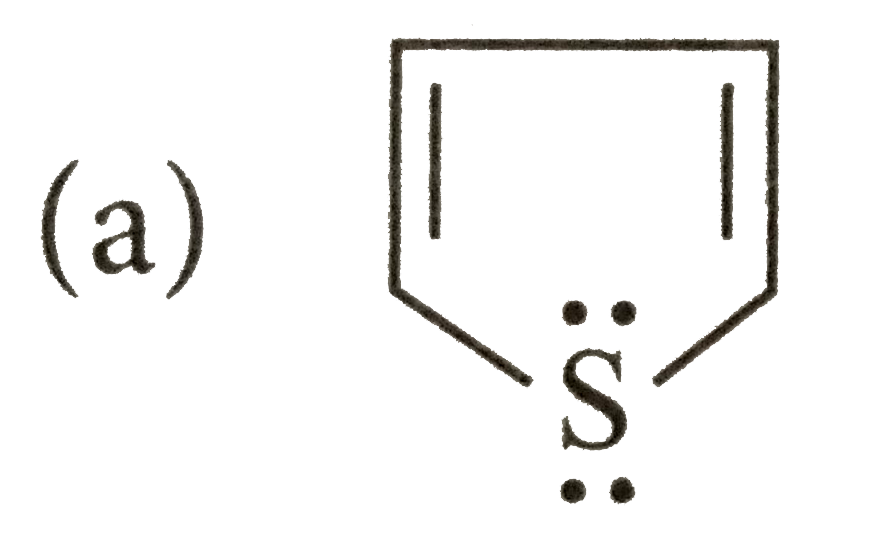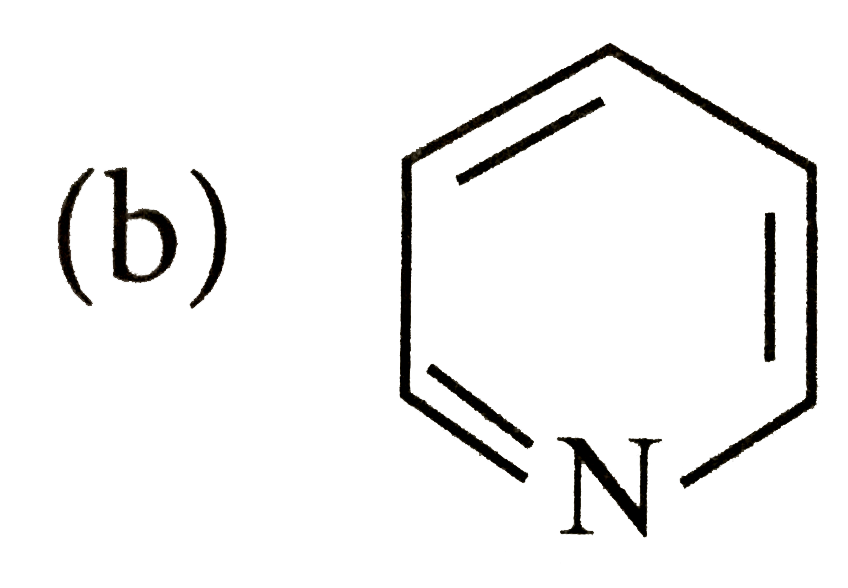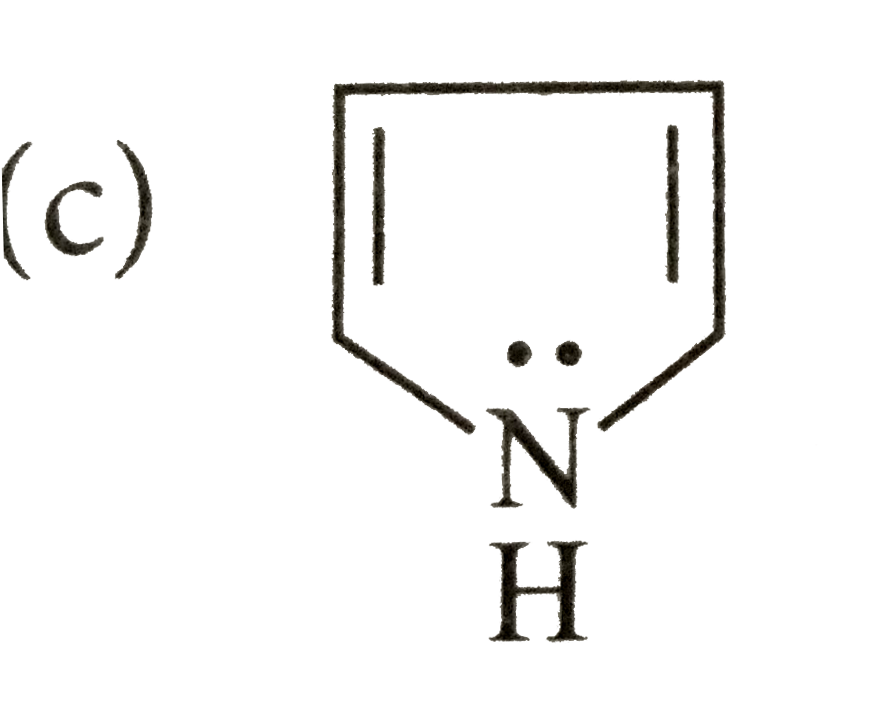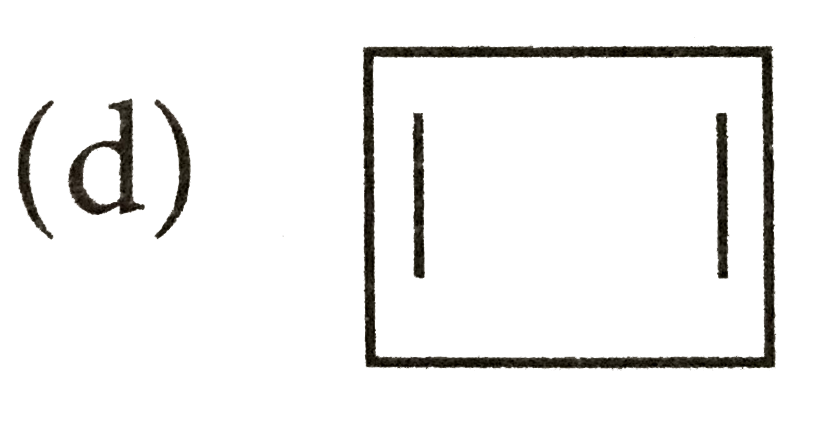A : Most of the species of Chara are monoecious but show cross fertilization
R : The plant body shows protandrous condition .
If both Assertion & Reason are true and the reason is the correct explanation of the assertion, then mark (1)
If both Assertion & Reason are true and the reason is not the correct explanation of the assertion, then mark (2)
If Assertion is true statements but Reason is false then mark (3)
If both Assertion and Reason are false statements, then mark (4)
The correct Answer is:A
Step-by-Step Solution:
1. Understanding the Terms:
- Monoecious: This term refers to organisms that have both male and female reproductive organs in the same individual. In this case, Chara has both male (antheridia) and female (oogonia) structures in the same plant body.
- Cross Fertilization: This is a reproductive process where male and female gametes come from different individuals, leading to genetic diversity.
2. Analyzing the Assertion:
- The assertion states that "Most of the species of Chara are monoecious but show cross fertilization."
- This is true because, despite having both reproductive organs, Chara often relies on gametes from different individuals for fertilization, which is a strategy to enhance genetic variation.
3. Understanding the Reason:
- The reason provided is that "The plant body shows protandrous condition."
- Protandry is a condition where the male reproductive organs mature before the female reproductive organs. In Chara, this means that the antheridia (male organs) mature first, allowing them to release sperm before the oogonia (female organs) are ready to receive them.
4. Connecting Assertion and Reason:
- Since Chara is monoecious but has a protandrous condition, the male gametes are released before the female gametes are mature. This leads to cross fertilization as the male gametes must find and fertilize the eggs from other individuals, as the female gametes are not ready in the same plant.
5. Conclusion:
- Both the assertion and the reason are true. The reason correctly explains why the assertion is true. Therefore, the correct answer is that both the assertion and reason are true, and the reason is the correct explanation of the assertion.
Final Answer:
Both assertion and reason are true, and the reason is the correct explanation of the assertion.
---
- Monoecious: This term refers to organisms that have both male and female reproductive organs in the same individual. In this case, Chara has both male (antheridia) and female (oogonia) structures in the same plant body.
- Cross Fertilization: This is a reproductive process where male and female gametes come from different individuals, leading to genetic diversity.
- The assertion states that "Most of the species of Chara are monoecious but show cross fertilization."
- This is true because, despite having both reproductive organs, Chara often relies on gametes from different individuals for fertilization, which is a strategy to enhance genetic variation.
- The reason provided is that "The plant body shows protandrous condition."
- Protandry is a condition where the male reproductive organs mature before the female reproductive organs. In Chara, this means that the antheridia (male organs) mature first, allowing them to release sperm before the oogonia (female organs) are ready to receive them.
- Since Chara is monoecious but has a protandrous condition, the male gametes are released before the female gametes are mature. This leads to cross fertilization as the male gametes must find and fertilize the eggs from other individuals, as the female gametes are not ready in the same plant.
- Both the assertion and the reason are true. The reason correctly explains why the assertion is true. Therefore, the correct answer is that both the assertion and reason are true, and the reason is the correct explanation of the assertion.
Both assertion and reason are true, and the reason is the correct explanation of the assertion.
Topper's Solved these Questions
- REPRODUCTION IN ORGANISMS BOOK - AAKASH INSTITUTE ENGLISHCHAPTER - REPRODUCTION IN ORGANISMS EXERCISE - ASSIGNMENT SECTION-C PREVIOUS YEARS QUESTION
25 Videos
- PRINCIPLES OF INHERITANCE AND VARIATIONBOOK - AAKASH INSTITUTE ENGLISHCHAPTER - PRINCIPLES OF INHERITANCE AND VARIATIONEXERCISE - Assignment (SECTION-D) Assertion-Reason Type Questions
20 Videos
- REPRODUCTIVE HEALTH BOOK - AAKASH INSTITUTE ENGLISHCHAPTER - REPRODUCTIVE HEALTH EXERCISE - Sectoin -D Assertion - Reason Type Questions
22 Videos
Similar Questions
Knowledge Check
Which of the following species does not show aromaticity?
A B
B C
C D
D
Which plant shows chloroplast dimorphism
View SolutionThe species which does not show paramagnetism is .
View SolutionDraw a well labelled diagram to show various stages of fertilization.
View SolutionWhich one of the following plant does not show dioecious condition?
View SolutionADH deficiency shows the following condition
View SolutionWhich one of the following shows crossing over and variations
View SolutionThe species which will not show hyperconjugation is
View Solution
